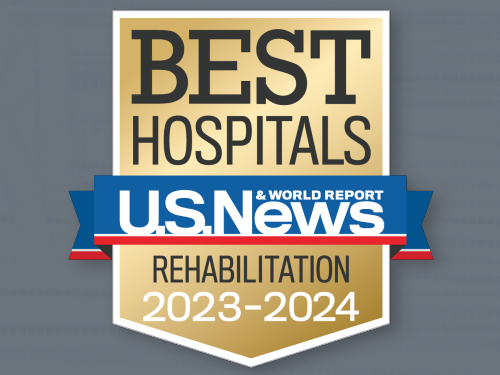What Is Post-Polio Syndrome?
Polio, or poliomyelitis, is an infectious viral disease that affects the nervous system. Between the late 1940s and early 1950s, polio crippled around 35,000 people each year in the United States alone, making it one of the most feared diseases of the twentieth century. In 1955, Jonas Salk introduced the polio vaccine, stopping the spread of the disease and eventually eradicating it from the United States.
Post-polio syndrome (PPS) is a condition that affects polio survivors years after recovery from an initial acute attack of the poliomyelitis virus. According to the National Institute of Neurological Disorders and Stroke, researchers estimate that the condition affects 25 to 50% of polio survivors.
What Are the Symptoms of Post-Polio Syndrome?
Symptoms can appear 10 to 40 years after the initial illness. The most common symptoms of PPS include slowly progressive muscle weakness, fatigue (both generalized and muscular) and a gradual decrease in the size of muscles (muscle atrophy). Pain (from joint degeneration and increasing skeletal deformities such as scoliosis) is common and may precede the weakness and muscle atrophy.
Post-polio syndrome is rarely life-threatening, but the symptoms can significantly interfere with an individual's ability to function independently. Respiratory muscle weakness, for instance, can result in trouble with proper breathing, affecting daytime functions and sleep. Weakness in swallowing muscles can result in aspiration of food and liquids into the lungs and lead to pneumonia.
How Is Post-Polio Syndrome Diagnosed?
There are no laboratory tests specific for PPS, and symptoms vary greatly among individuals. Physicians diagnose PPS after completing a comprehensive medical history and physical examination, and by excluding other disorders that could explain the symptoms. While there is no diagnostic test for PPS, physicians may use certain tests to rule out other conditions. Among the most commonly used is electromyography (EMG), which measures the tiny electrical discharges produced in muscles. A thin-needle electrode is inserted into the muscles to be studied, and an instrument records electrical activity in the muscles at rest and during contraction.
How Is Post-Polio Syndrome Treated?
Although there are currently no effective pharmaceutical treatments that can stop deterioration or reverse the deficits caused by the syndrome itself, there are recommended management strategies, including:
- Physical, occupational, and occasionally, speech therapy
- Exercise, especially cardiopulmonary endurance training, under the supervision of an experienced health professional
- Equipment to help with walking, breathing, and other important functions
- Lifestyle changes to avoid rapid muscle tiring, total body exhaustion, pain and fatigue
- Education, support groups and counseling for individuals and families
What Are the Benefits of Rehabilitation for Post-Polio Syndrome?
Post-polio doctors at TIRR Memorial Hermann evaluate, diagnose, and treat symptoms and complications resulting from post-polio syndrome to help patients maintain function and ensure quality of life.
A History Rooted in Post-Polio Rehabilitation
TIRR Memorial Hermann can trace its roots back to the early 1950s when polio was at the height of its epidemic in the United States. William A. Spencer, MD, established one of the first polio treatment centers in the nation, the Southwestern Poliomyelitis Respiratory Center in Houston. Later, the expertise developed by this nationally recognized respiratory center was applied to rehabilitating catastrophically injured patients.
TIRR Memorial Hermann continues to be guided by the principles and philosophies originally established by the Southwestern Poliomyelitis Respiratory Center. Today, as a nationally ranked rehabilitation hospital, TIRR Memorial Hermann changes lives by improving outcomes, offering hope and maximizing independence for those impacted by disabling injury or illness.
Get Started
To make a referral or to schedule an appointment, please call 1 (800) 44-REHAB (73422), (713) 797-5942, fax (713) 797-5988 or fill out our online forms by clicking the buttons below.
Contact Us
If you have questions or are looking for more information, please complete the form below and we will contact you.
